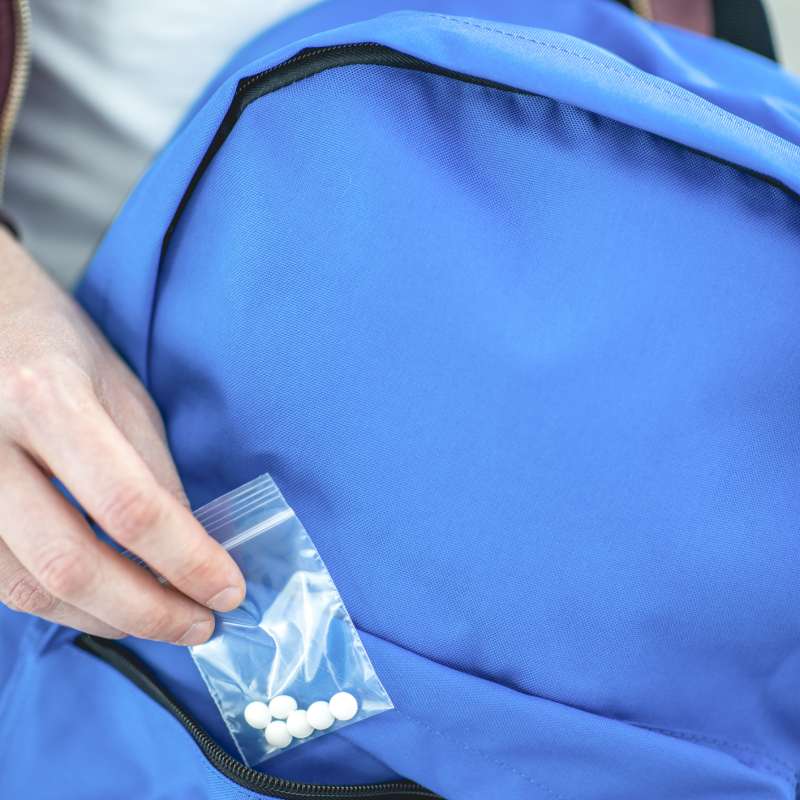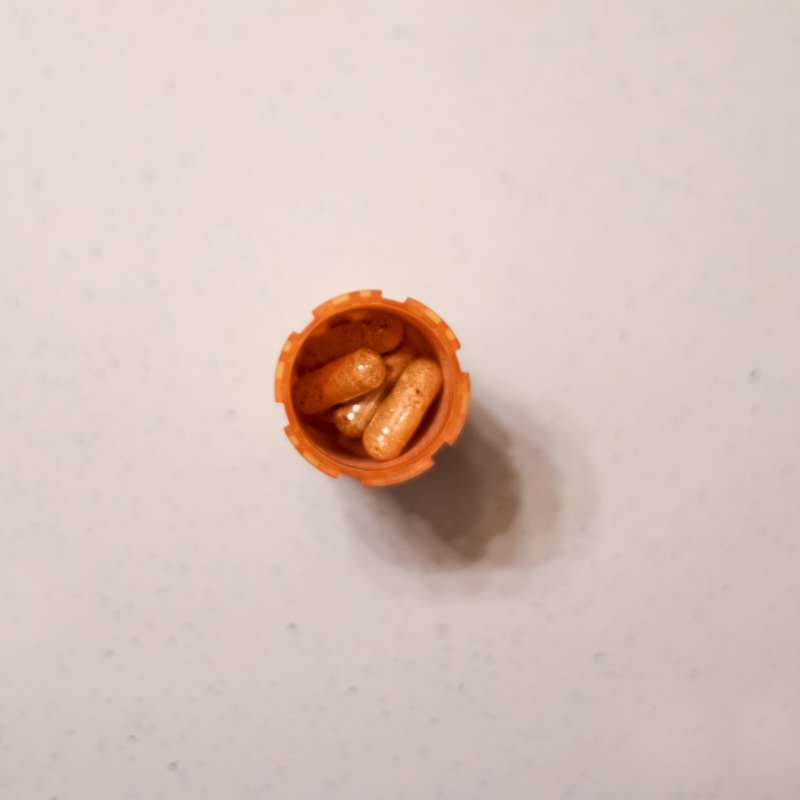POPULAR POSTS
- How Does School Negatively Affect Students’ Mental Health September 16, 2025
- How Does School Affect Students’ Mental Health? September 8, 2025
- 5 Warning Signs That a Teen May Be Using Maladaptive Coping Skills (and How to Talk to Them About It) September 5, 2025
- What is the Main Difference Between Adaptive and Maladaptive Coping Skills? September 8, 2025








